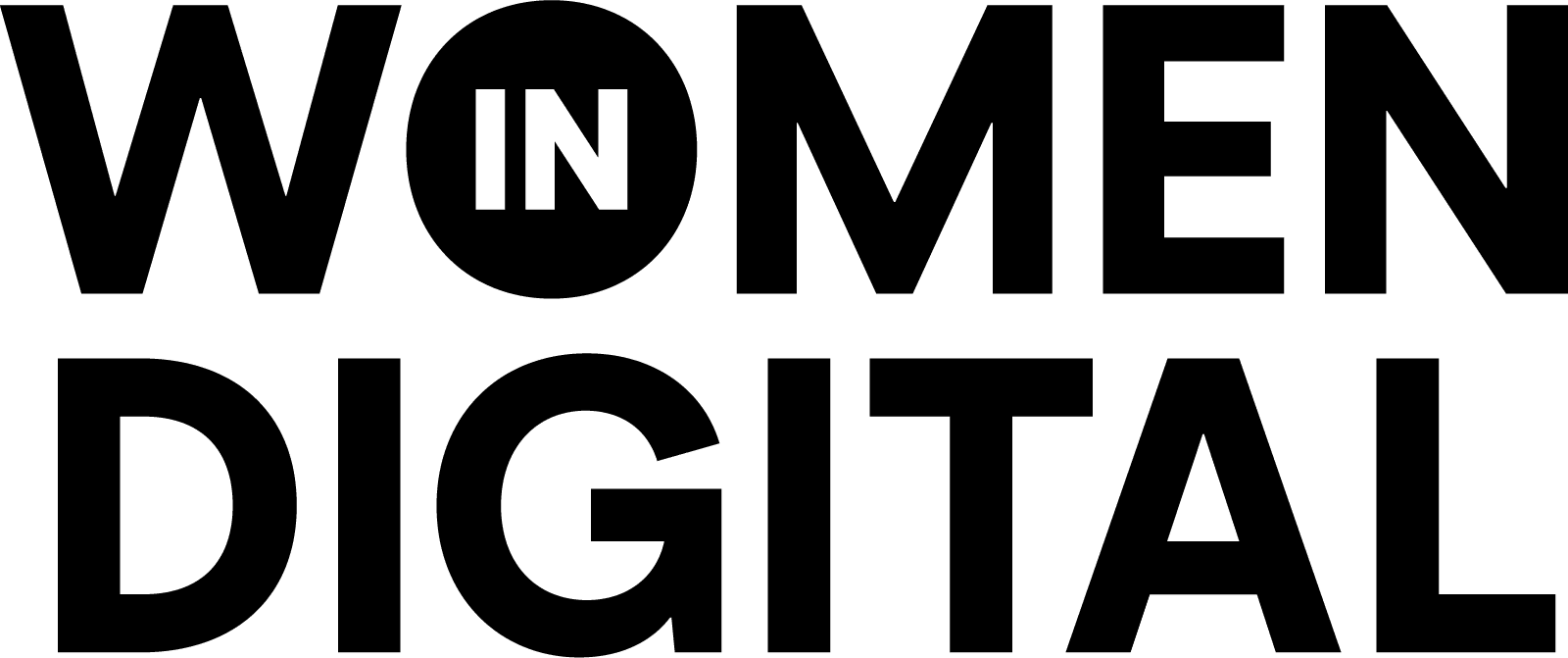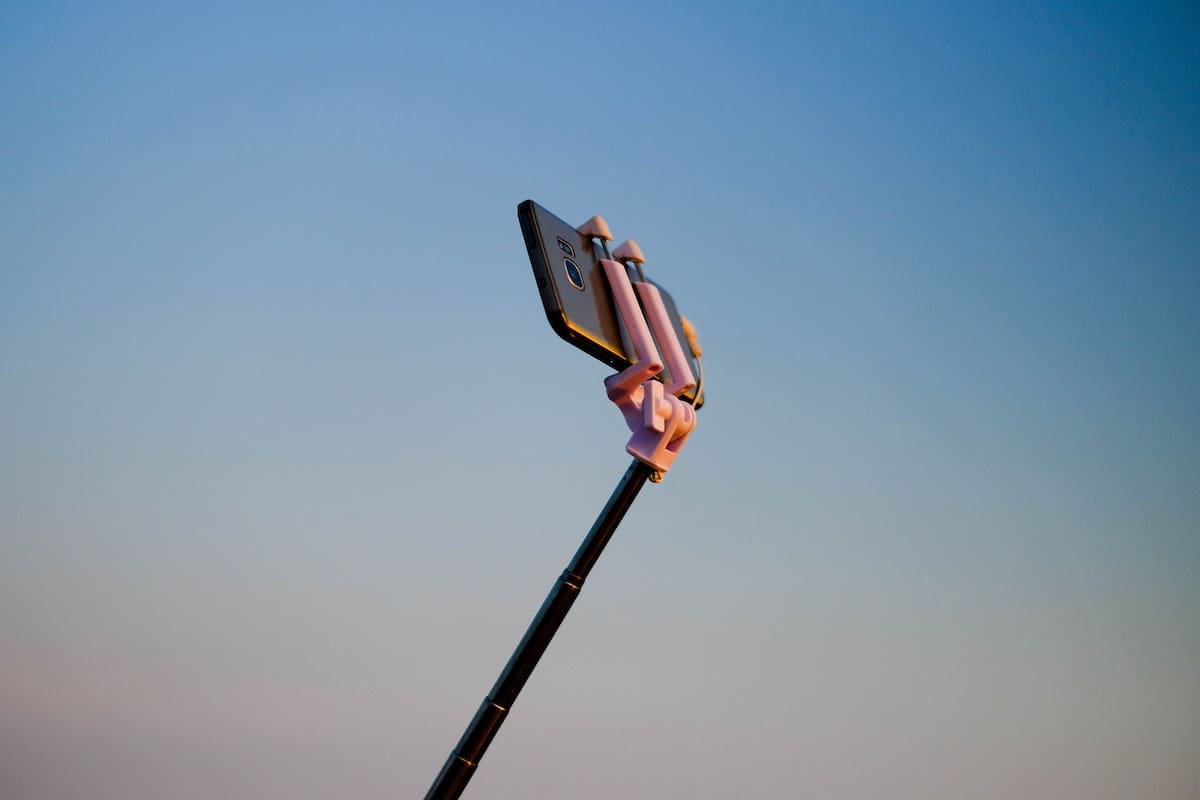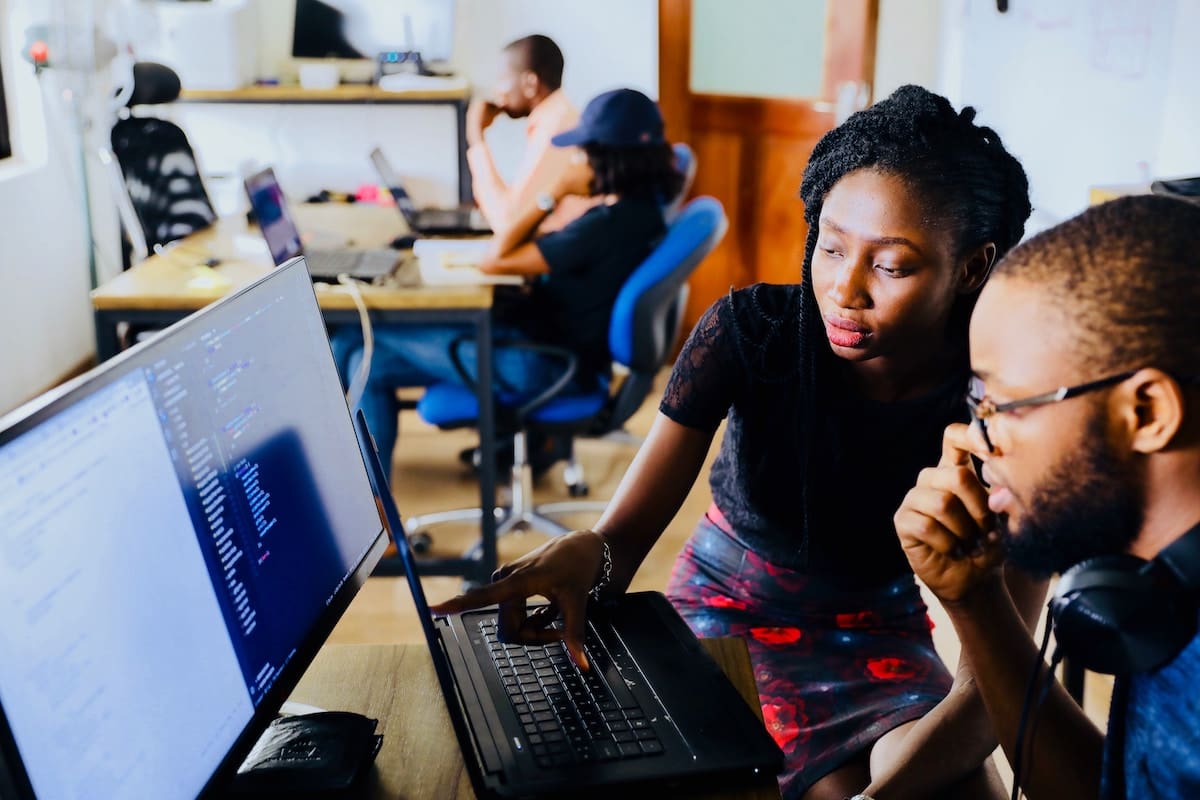By Ashton Rigg
If ‘influencers’ was the marketing buzzword of 2017, ‘micro influencers’ is the next big thing.
The platform? Instagram, usually. The content? Less polished, more organic. And if you’re thinking you need to shill out thousands of dollars to work with influencers, think again! But first…
What exactly is a ‘micro influencer’?
Let’s break it down: a social media influencer is someone who shares their personal style, taste, opinions, or recommendations to an audience that follows their profile.
They’re storytellers. Sharers. Their audience relates to them, trusts them and eagerly interacts with them.
56% of respondents are more likely to purchase products after they’ve seen them featured in a relatable or positive photo from other customers (Olapic)
While there’s no magic number that makes you a ‘micro’ influencer, a social following of 3,000 to 10,000 is a good ballpark to play in.
If you think this kind of following is smallfry, you’re probably associating the ‘influencer’ label with the likes of Itsines, Hembrow, or Morello.
If this kind of captive audience seems lofty, this may be your first foray into the world of influencer marketing. You’re in for a wild ride.
Quality vs Quantity
So, you’re the tribute tasked with bringing an influencer campaign into the marketing mix. Congratulations! Be prepared to hear something like:
“We should work with {insert influencer name here} because they have a million followers.”
A million followers must mean a million people seeing our brand, which means more sales, right?
Unlikely. Less is more when it comes to smart influencer marketing. Not to mention micro influencers cost a fraction of the cost to work with!
When bigger isn’t better
Influencer A has 500,000 followers
Influencer B has 50,000 followers
Influencer C has 5,000 followers
How do you choose who to work with? It’s time to do a little digging.
You’re going to look at three things: their followers, the engagement on their posts (likes and comments), and what people are actually saying in the comments.
82% of consumers are ‘highly likely’ to follow a recommendation made by a micro–influencers (Experticity)
A bigger following usually means a broader following. Take a look at who’s following the account: Where are they? Are they ‘real’ accounts? Are they mostly male or female?
If your target market is women aged 25-45 in Brisbane with kids, the locally based ‘mummy blogger’ with 5,000 followers is likely to have a greater influence than the Sydney beauty account with 50,000 followers.
It’s all about engagement
Engagement should be the number one metric you use to measure the success of your influencer marketing activity.
What do we mean when we say engagement? It’s the amount of interaction on a post divided by the audience size (the influencer’s following).
To keep it simple, let’s say a ‘like’ is worth 1 and a comment is worth 3. If a post has 200 likes and 30 comments, that’s 312. The influencer we’re looking at has 5,000 followers:
312 / 5000 x 100 = 6.24%
Again, there’s no magic number to determine a ‘good’ engagement percentage. Generally speaking, 2-3% is a decent engagement, 4-5% is good, and anything in excess of 10% is great.
Finally, take a gander at past sponsored or partner content the influencer has posted. What are their followers saying? Are they interested in the product?
Above all else, you want to work with influencers who make an effort to create authentic content that is in line with their personal aesthetic, giving their honest ‘thumbs up’ about your brand to their audience.
Find these influencers, and you’ve uncovered the true value of influencer marketing.
Ashton is a digital marketer and content specialist based in sunny Brisbane. She gets her kicks developing content strategies, measuring social media ROI and ensuring every communication touchpoint is ‘on brand’. As a classically trained journalist, Ashton harnessed the power of words to segue into marketing and has never looked back, She is currently the Social Media and Content Manager at Youfoodz. Find her here, there and everywhere at @ashtonrigg.




